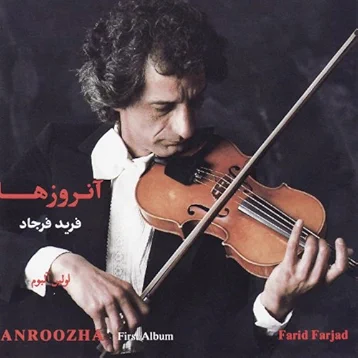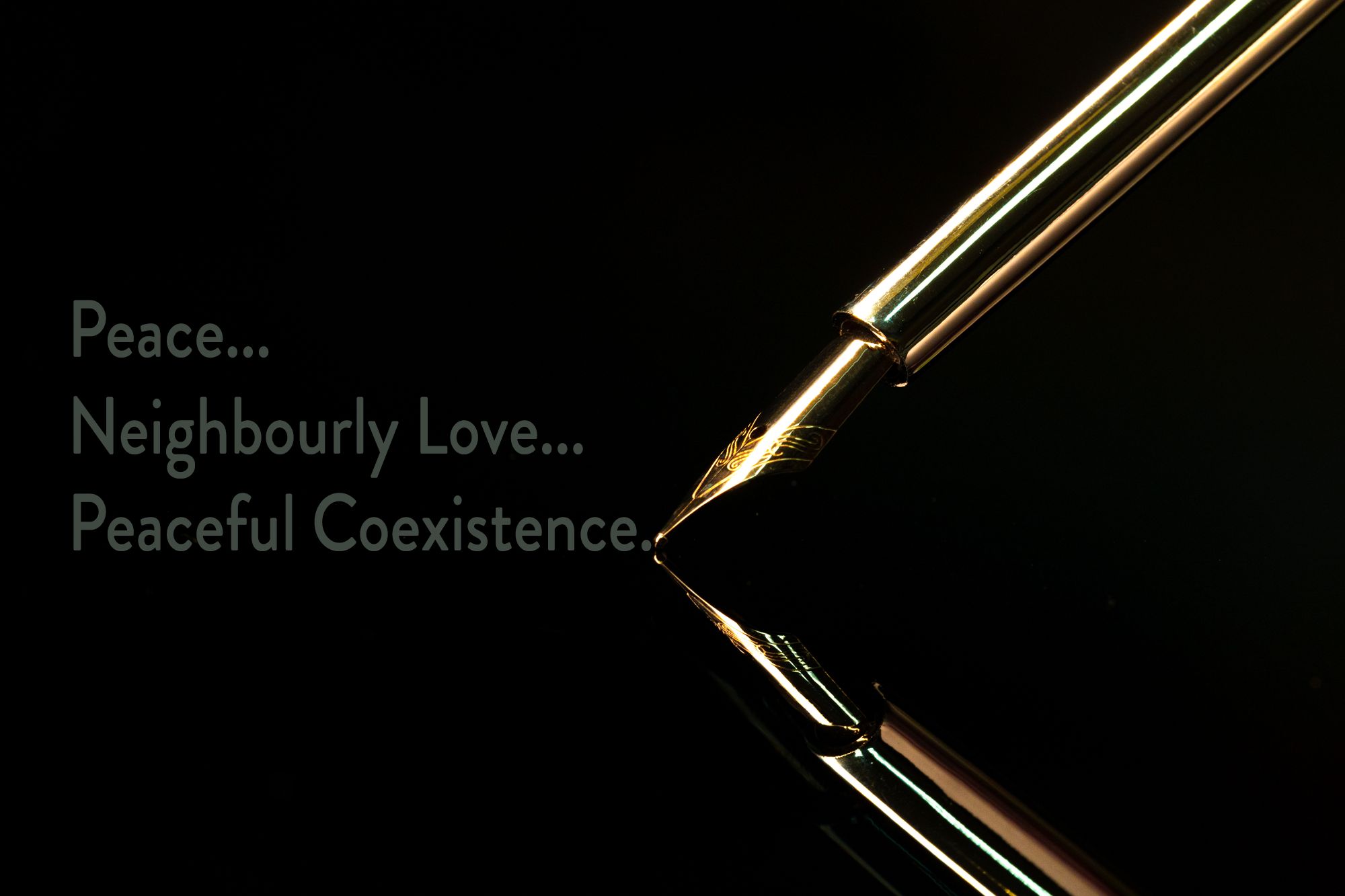
Music is special. It seems that the earliest ways to express sound may be even older than human speech. Human speech developed over time, thousands of years at least, from earliest ways to express simple sounds through strings of combined sounds as first words, eventually shaping the first sentences.
Speech is nothing short of a miracle. So is human understanding. Because there are languages and cultures.
Music, in turn can sometimes help to bridge gaps. In understanding and realization. Music is actually another miracle, if you look at it closely. All across the world music has become a way to express feelings, emotion.
Love, friendship, sorrow and joy, fear and sadness, anger or fury; images that float through our minds can be triggered by listening to music. Some types of music have become universal and indeed can make people in concerts feel connected just by listening.
In recent decades the research into the helping and healing aspects music can have and thus be used for, have been made and recorded in the science of music therapy.
The above is one of my favourite albums of Persian music: Few types of music to my mind convey this close connection of sadness and joy actually at the same time: In traditional Persian music, possibly due to a very moving history, joy and sadness are presented in the tune as well as the rhythm, interchangeably.
So you can have a joyful rhythm and a sad tune that can render it perfect to help connect to those parts of our souls that cannot always be joyful; and yet remember that sadness and joy in life can be there at the same time and thus help. Be resilient.
